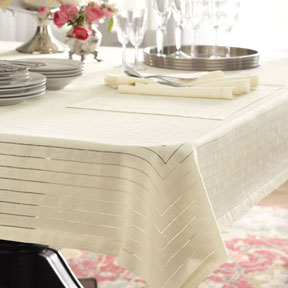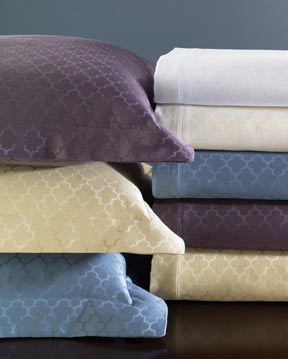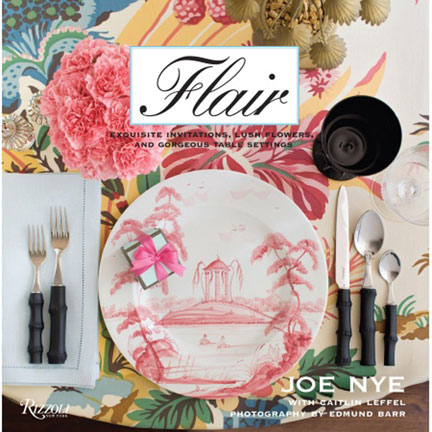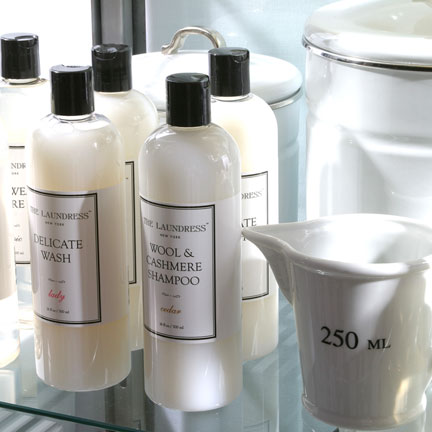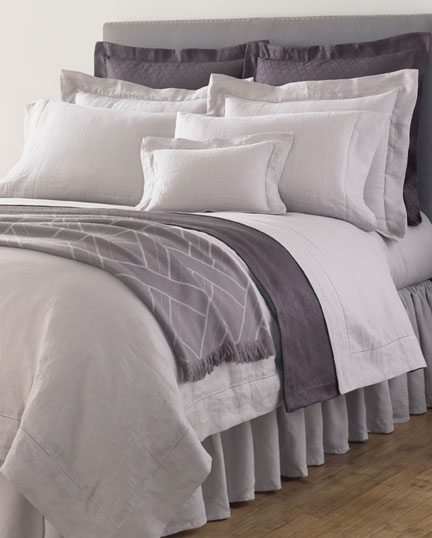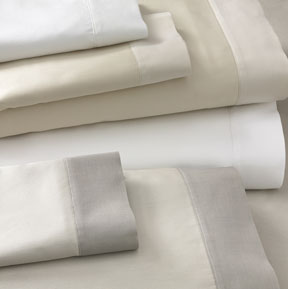Save to...
Introducing Art from Natural Curiosities: An Inside Tour
We recently took a trip to the curious world of Natural Curiosities. Set in Echo Park’s converted Jensen Recreation Center, the studio itself is an ode to the ever-evolving and fantastical nature of art. Once an Ancient Egyptian-themed bowling alley, it’s now an inspiring space for creating oversized prints, silkscreening, metallic leafing, and other artistic techniques.

With Natural Curiosities pieces being spotted everywhere these days, with notable appearances in Elle Decor, Vogue.com, House Beautiful, and Stylebeat, among many others, it was refreshing to see that owner Christopher Wilcox and his team remain close to their hands-on roots. Beyond the inventive design of the space itself – high ceilings, exposed brick, and other thoughtful remnants of the original Jensen Rec Center – the art house is filled with beautiful finished pieces hung floor to ceiling as well as large tables for aging prints, drying racks filled with delightful new pieces, printing screens and inks, and sustainably sourced natural specimens awaiting their close-ups.
Despite their popularity, Natural Curiosities has managed to retain the feeling of an intimate artists’ co-op. This comes through in each of their whimsical collections, which they take care to keep from overproduction, retaining the integrity of the art.
Natural Curiosities silkscreen and metallic-leaf pieces, like the Rumana Seahorses, are stunning. See how these incredible techniques are used: Metallic Leaf and Silkscreen
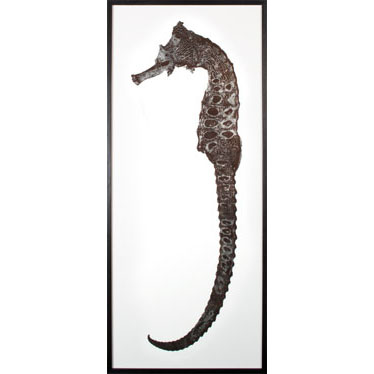
We also love the uniqueness of hand-colored prints like Noah’s Ark. Take a look at the process: Hand Watercoloring
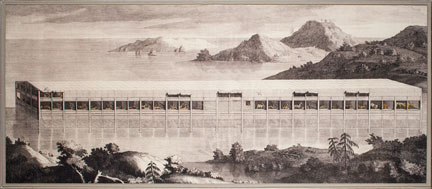
Photographs from Natural Curiosities carry a nostalgic and magical feel, while remaining chic and modern design statements.
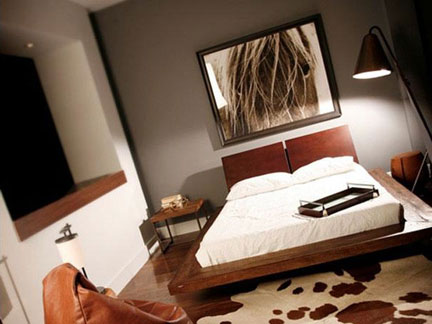
Their sculptures breathe new life and beauty into objects we’ve seen many times before.
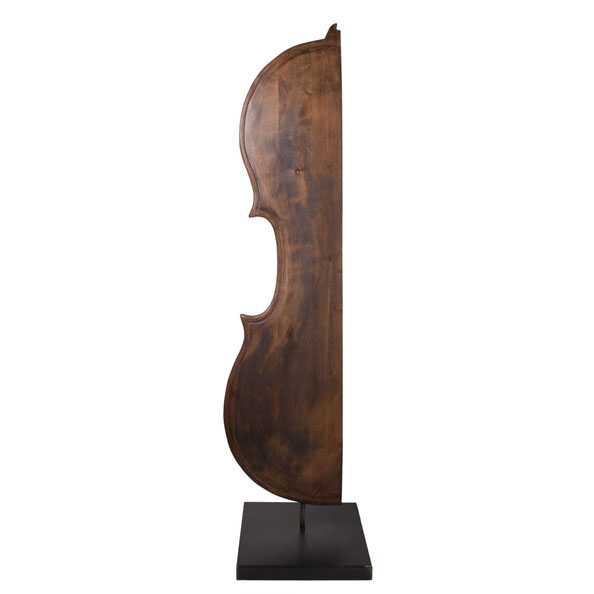
Prints come in a variety of styles with something for any room. The Lord Bodner Triptych speaks to Natural Curiosities’ octopus fascination.
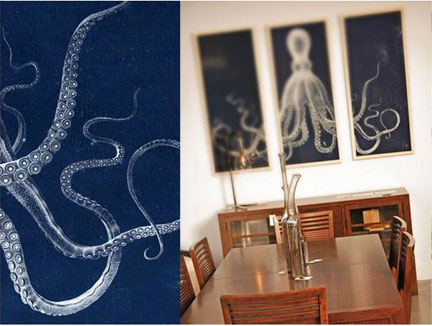
Finally, we think their specimen art, like Fallen Feathers, is right on trend in the art world with clever ideas we’ve never seen before.
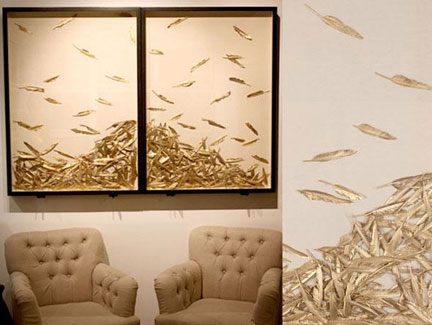
For more art from Natural Curiosities, visit GraciousStyle.com. And don’t forget to take a look at our entire Art section.
What is Pique?
Our Marco bedspread from Sferra has a small diamond pique pattern that is simply classic. What is pique, you ask? Sferra explains:
Piqué (pronounced “pee-kay”) fabric is characterized by raised designs – cords, waffles, or patterns. Technically, piqué fabric is known as a double-cloth, with the unique texture achieved by weaving two layers of fabric, one above the other, on the same loom. The piqué weave creates more body and crispness than a plain weave.
Here is a close-up image of the Marco bedspread, showing the diamond pattern:
What is a Hemstitch?
Hemstitching is a very elegant addition to many types of linens, from bedding to tablecloths. Sferra explains the technique:
A hemstitch is a decorative drawn threadwork technique. A section of parallel threads are removed from the fabric and the remaining perpendicular threads are grouped together with additional thread to make small ornate holes. Despite its name, a hemstitch is not limited to the edges or hems of fabric — it can be used as an ornamental stitch anywhere on the fabric.
Sferra’s Festival Table Linens are a great example of hemstitching:
The Bennett Tablecloth actually has 17 rows of hemstitching:
Sferra Answers: What is a Flange?
Sferra recently sent us a great explanation on this popular accent to bed linen pieces:
A flange is a classic decorative accent, typically added along three sides of a duvet cover and on all four sides of a pillowsham. A flange extends beyond the dimensions of a duvet or sham, creating a large, elegant flourish. The finest linens use flanges, as well as hemstitching, to create the signature look and soft drape of luxury bedding.
Here are some examples of flanges:
When looking at measurements of duvet covers and shams, remember that they are of the interior of the piece. The overall dimensions will be larger, to include the flanges on the outside.
Books We Love: Flair by Joe Nye
Summer entertaining season is halfway over. We were starting to run out of decor ideas, so we turned to Flair: Exquisite Invitations, Lush Flowers, and Gorgeous Table Settings, by Joe Nye and Caitlin Leffel, which is packed full of gorgeous ideas for table settings, party decor and more.
Combining patterns and styles from around the globe, Joe shows us how to create settings that are fresh and unexpected:
Elsie by Charlotte Moss for Pickard dinner plate with Chelsea Botanicals dessert plate from Mottahedeh:

Home, James! Chinatown charger

Blue Canton Dinnerware from Mottahedeh:
This book makes a wonderful gift for anyone who loves to entertain. And of course, it looks beautiful on the coffee table in between parties!
What’s the Difference Between Chevron and Herringbone?
Both herringbone and chevron patterns have been very trendy lately. Long used on hardwood floors throughout Europe, they are also very popular in textiles because the subtle weave brings a sophisticated edge to every piece.
Can you tell the difference between the two? Here’s how we keep them straight:

– In a chevron pattern, the ends are cut at an angle to create a continuous zigzag design.
– A herringbone pattern breaks more abruptly, resulting in a broken zigzag pattern.
Make it easy on yourself by remembering that chevron = continuous and herringbone = broken.
Do you like this pattern? Check out our Tesoro bed linens, Alpaca throws, Chevron table linens.
10 Things You Forgot to Add to Your Wedding Registry
Florist? Photographer? Caterer? Check, check, check. Feel like you’re forgetting something in your wedding plans? Don’t neglect your registry! Your friends are dying to get you some memorable gifts to mark the occasion, so take a look at our list of the top ten gifts you might have forgotten to add:
Your wedding marks the first of many family celebrations you will share. Make future dinners and get-togethers just as special by including accessories that will adorn your table for years to come. These Simon Pearce candlesticks are stunning on any table.
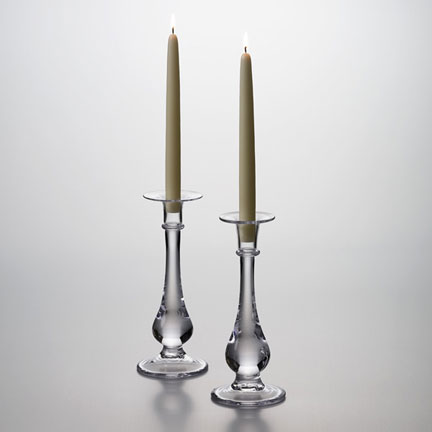
Make your wedding-day memories last a lifetime by registering for a special frame. L’Objet frames make for luxurious keepsakes.
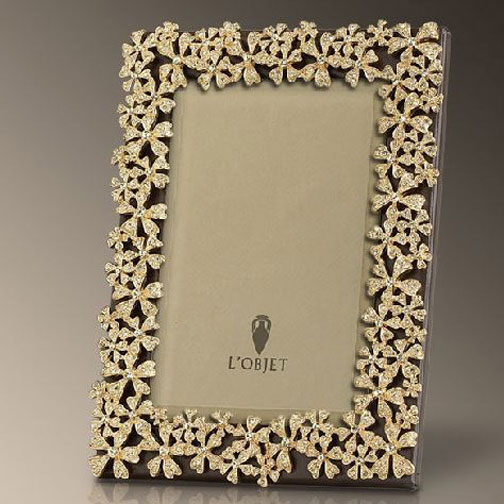
Include a splurge item. You may not end up finding every item on your gifts table, but this is a once-in-a-lifetime wishlist after all, so ask for something extraordinary like Flora Danica Dinnerware from Royal Copenhagen which has been adorning tables for over 200 years.
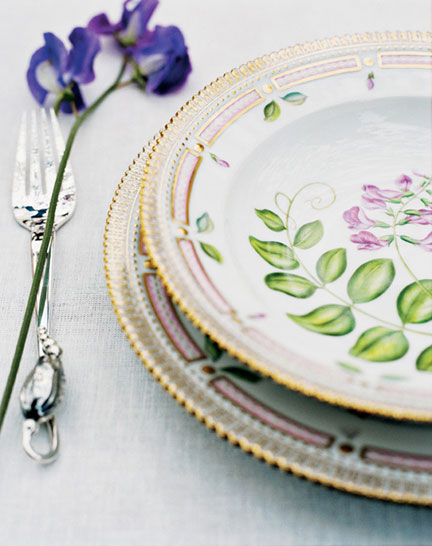
Most registries are full of delicate items to be kept on a display shelf, but how about throwing in something cozy and comfortable that you two will want to use every day, like a throw? These Alpaca throws from Alicia Adams are super soft.
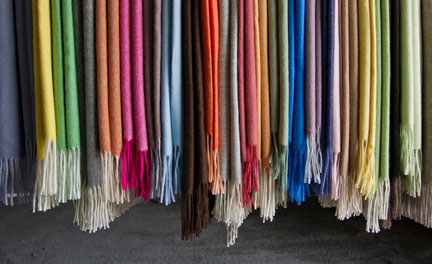
Show off your favorite interests and hopes for the future by adding an inspiring book like 1,000 Places to See Before You Die and perhaps some other elegant leather-bound books from Graphic Image.
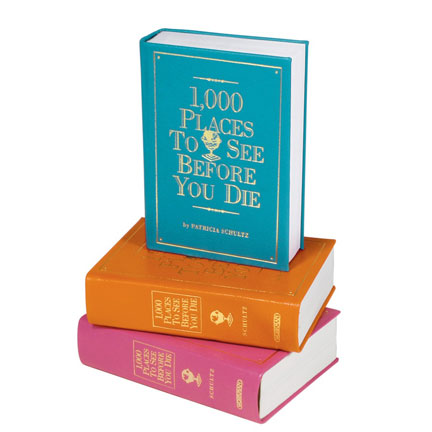
Travel accessories will come in handy on your honeymoon. Why not add a pair of fun beach towels to your registry, like these from Fresco?
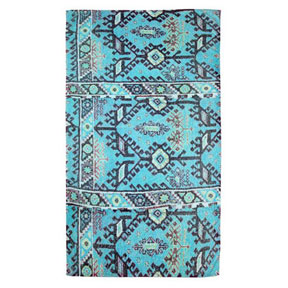
Take the honeymoon retreat feeling home with you by registering for a great pair of lush and lavish pure cotton bath robes.
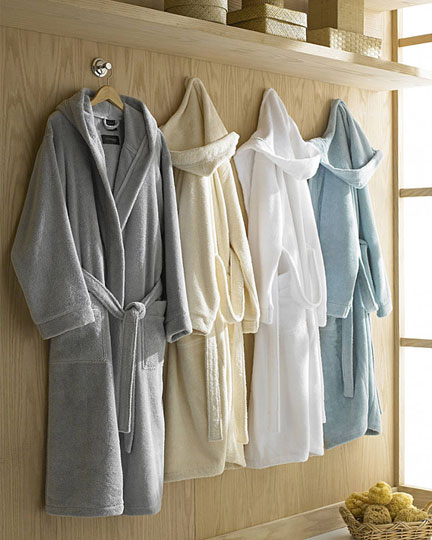
There’s nothing more exciting than scouring a website for lavish gifts that are all for you and your fiance, but don’t forget to include some practical items like wooden hangers, fine laundry soap, and laundry organizers, like these luxurious canvas totes from Dransfield and Ross.
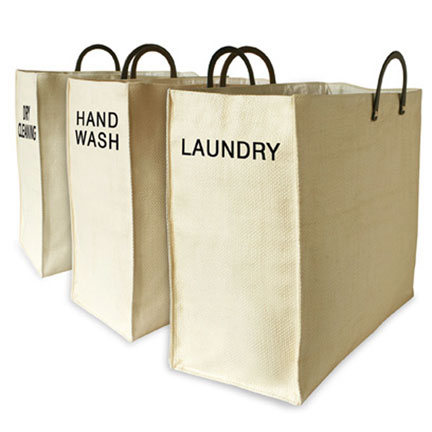
Registries don’t have to be filled with just common items like dinnerware and glasses. Works of art are a wonderful addition to your list because they are always special. Our new pieces from Natural Curiosities, such as the Hubbard Flower Collection, will add a unique touch to your home.
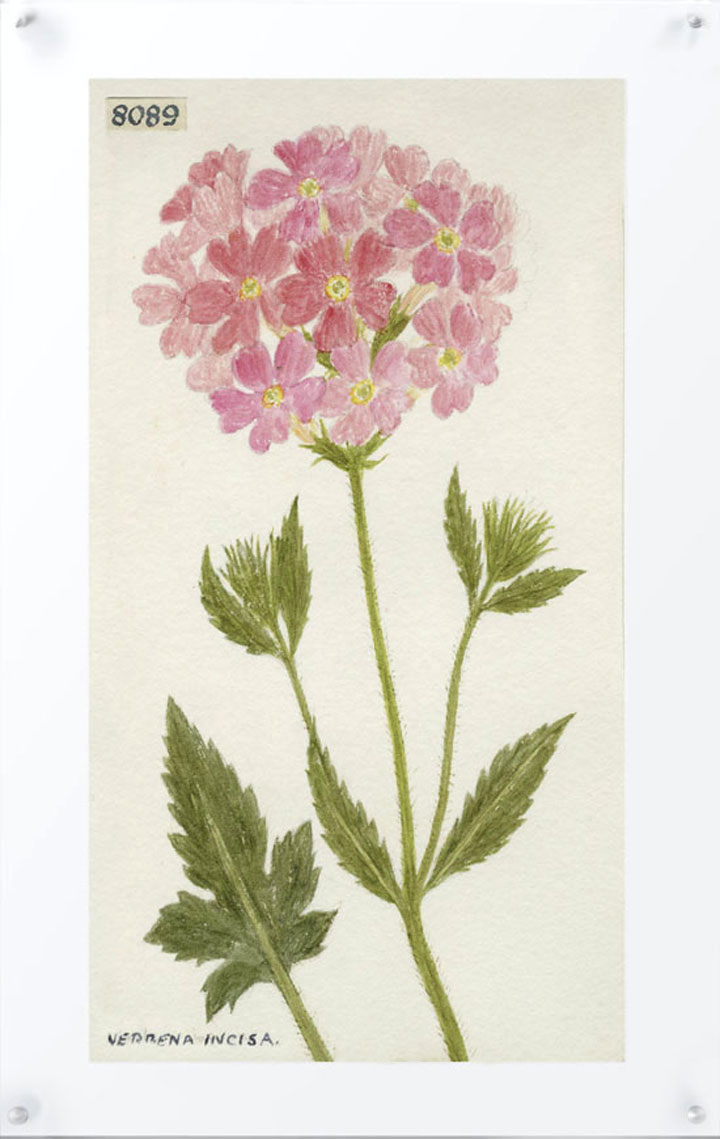
While it is a bit uncouth to request monetary gifts, don’t be afraid to ask for a simple gift card. It can be overwhelming to decide on everything at once, so this is a perfect way to wait and see what you may want or need in the future.
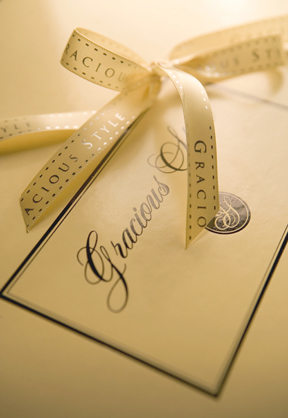
Create or update your Gracious Style registry with our easy and painless registry page.
Featured: Seashell Napkin Rings
These charming seashell napkin rings are just perfect for a casual summer meal, but they would look just as nice on a formal table.

Crafted with intricate detail, Hans Turnwald’s napkin rings feature a heavy silverplate base and four large shells. Each set includes four assorted rings. They are just right for the beach house!
Sweet Treats – New Dessert Sets from Mottahedeh
Mottahedeh just introduced two lovely new patterns for summer. Both collections include dessert plates and cups & saucers in sets of four. Perfect for afternoon tea and cake!
Everybody has been going “nuts” over the first pattern – Nut Leaf. Beautiful, rich green foliage is dotted with different nuts and decorated with 22 karat gold. The set of four dessert plates illustrate the hazel nut, pecan, chestnut and acorn nuts and leaves. The set of four teacups and saucers have the nuts cleverly hidden on the saucer, seen only when the cup is lifted.
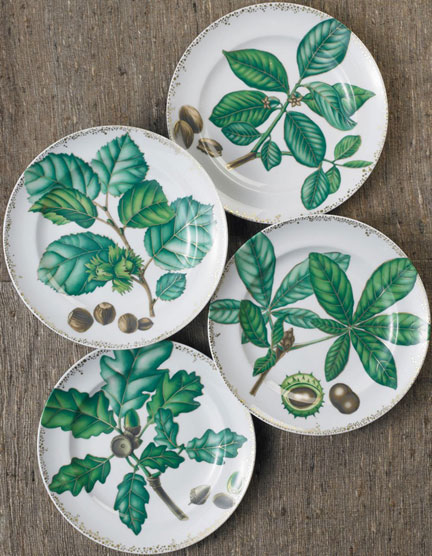
The Nut Leaf pattern is getting rave reviews. It was even featured in the spring issue of Martha Stewart Weddings.
The other new pattern is a floral called Lowestoft Garden. The dessert plates, cups and saucers are adapted from a European plate c. 1775 painted in ‘famille rose’ enamels. Highlighted with gold, they look especially lovely when mixed with Mottahedeh’s Apple Lace dinnerware.
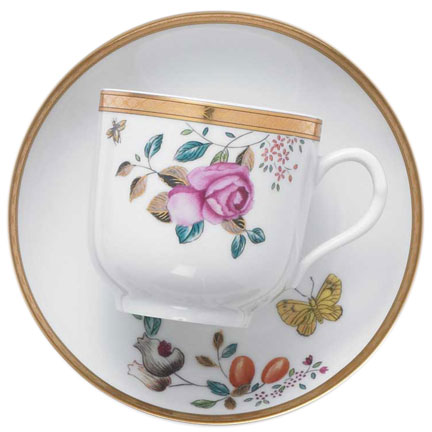
There’s never been a better excuse to have some dessert! You can purchase or register for these and more Mottahedeh dinnerware patterns here.
How To Care For Your Bed Linens
Sferra, known for their fine bed linens, recently sent us some great information on the best way to care for your linens. Luxury bed linens are an investment – keep them in top condition for years with these tips.
Most bed linens are made from natural fibers such as cotton or linen. These are designed to be washed at home for ease of cleaning.
Pre-wash your linens before the first use. Separate your linens from other items in the wash, especially those containing polyester, which tends to create pilling, and items with heavy zippers, which can damage the fabric. Separate light and dark colors.
Avoid overloading the washing machine, which can cause fibers to break down from excessive abrasion and agitation. You can wash most linens in warm water on a gentle cycle with a cold-water rinse, but be sure to check the care label.
Use a mild detergent without added bleach, whiteners, or fabric softeners. Do not pour detergent directly on textiles; rather, add it to the water as the wash tub fills or dilute detergent with water, then add linens. Unless linens are very soiled, you only need to use half the recommended amount of detergent.
We recommend LeBlanc Linen Wash and The Laundress Signature Detergent. Both are concentrated, so you use less than regular detergents. The are made from natural ingredients and safe for use in newer, high-efficiency washing machines. And they smell wonderful.
If your bed linens need bleaching, it should be done with care. A good alternative is a special detergent for white laundry.
Chlorine bleach will weaken fibers and cause the fabric to yellow. If white fabrics need bleaching, use only an oxygen-based bleach. While line drying outdoors is gentle, safe, and imbues linens with the fresh scent of the outdoors and natural bleaching of the sun, it is not always practical. You can machine dry most linens on low heat, but be sure to check the care label.
Shake out damp linens before placing in the dryer. Never use a high heat setting, which will weaken the fibers, damage the fabric, increase shrinkage, and shorten the life of your linens. Remove items from dryer promptly, while still damp, to minimize wrinkles. Smooth and fold, or press with an iron, if desired.
Ironing is optional. Linen bedding, like this Classico Vintage, is designed to have a relaxed look, and doesn’t need ironing to look great.
Check to make sure your steam iron is clean – mineral deposits could cause brown spotting. Iron linens while still damp. To restore the lustrous face of sateen fabrics, iron on the reverse side. For embroidered linens, iron them on the reverse side atop a towel to preserve the three-dimensional effect of the embroidery. Use a press cloth to protect delicate lace and cutwork.
We love to use scented linen water for ironing – it moistens the fabric to make ironing easier, and it makes linens smell fresh.
All natural fibers will shrink to some extent, but in most instances we generously overcut our products to allow for shrinkage. Do not wash or, especially, dry linens on a hot setting, which is most likely to damage the fabric and intensify shrinkage. Always follow instructions on care label.
Store bed linens in a cool, dry, well-ventilated area. Linens stored long-term should be wrapped in white cotton, muslin (old pillow cases work well) or acid-free paper. Avoid storing linens in plastic bags or boxes, which can cause permanent yellowing; natural fibers need to breathe. Cedar chests can also yellow or streak fabrics.
A great alternative is to use cedar scented drawer liners – the cedar chips are enclosed in a layer of natural fabric, so they won’t harm your linens but will keep moths away.
It’s easy to care for your fine linens, and it will ensure that they stay luxurious for generations. What are your linen care tips?



